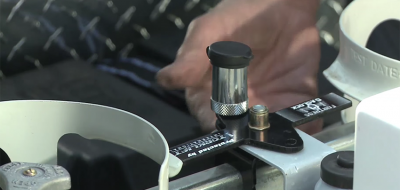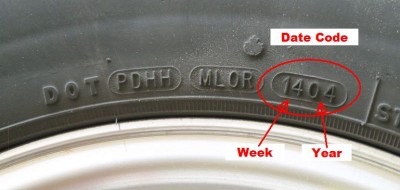Cold Propane
I have had a temperature-related problem with my propane system for two years. And even here in San Diego, Calif., the unusually cold winter weather has only aggravated this annoying situation.
I have a 2005 Itasca Suncruiser that I bought new in 2004 in Los Angeles. We left Southern California for Florida shortly after the purchase, and we stopped in New Orleans for two days. When we got up the first morning, nothing that used propane worked.
After I talked to my neighbor about this, he came over and put his hands on the propane regulator, and just the heat of his hands warmed it enough. And as the day got warmer (above 40 degrees) everything worked fine. But the same thing happened the next day. I called Itasca, and they authorized the replacement of the pressure regulator from a local (not a Winnebago dealer) repair service.
From New Orleans we went right to Florida. We spent time there and then traveled north as the weather warmed up. When we traveled to Chicago, we started to have the same problems — no propane — until the day warmed up. We took the RV to a Winnebago place, but they could not fix the problem and said the factory would have to purge the tank. We finally got to the factory in Iowa, and they worked on it.
We spent the first night after repairs at the factory campground. Everything worked fine (temp was below 35 degrees). And because of a health problem, we were headed back to California. The second night out we had the same problem again. No propane until the weather warmed up. I called the factory, and they asked us to return, but we were 500 miles down the road, and my health would not allow us to return.
We took a southern route home and did not experience real cold weather again. We have been living in this RV here in San Diego with no problems, but now as the temp has dropped to about 34 and 36 degrees in the early morning, the problem has returned. I use a drop light that I hang on the propane tank (following directions in the owner’s manual) and let the heat that emantes from the 50-watt bulb keep the regulator warm. When I do that, things work. But it is a pain to do this every night, and I am eager to find a better solution.
In talking to my fellow RVers, they all say they have never heard of this problem. And then they laugh and say using the droplight must be for camping in Michigan or Colorado, where it gets really cold. But I’m in San Diego, which is known for its warm temperatures. I should not need this kind of cumbersome fix. Even the propane delivery guy this morning commented, “Why are you using that light for your propane tank? It does not get that cold here in San Diego.”
Do you have any ideas on how to fix this problem?
John Wahlsten
San Diego, Calif.
Bob: You’re describing propane that’s been contaminated by water. In the old days you would inject anhydrous methanol alcohol into the propane tank. The problem with injecting alcohol in your application (where you use propane vapor) is that the bulk of the water and the alcohol will remain in your tank, even when you run the tank empty. Therefore, the recommended fix is to use all of the propane out of the tank and have a knowledgeable propane technician visibly look into the tank through one of the appurtenance holes and see if there is actually water in the bottom of the tank. If there is, he has to remove all that free moisture.
In some cases, the tank will have to be pulled, which is a really big job. This is not a do-it-yourselfer job.
You may also have free water that has formed a puddle in a low point in your low-pressure vapor system. In your case, it’s probably very close to your regulator. If so, have the water dumped out.
The moisture can come from a refinery that did not properly dry the product, from contaminated railroad cars or storage tanks. You will probably never figure out where the moisture came from unless you always buy your propane from the same place. Container manufacturers have propane specialists who can help your find the appropriate solution.
By the way, your fix of applying heat in the area is a good one. It provided a good diagnostic tool. You can also use a hot-water soaked rag inside of a sealable plastic bag, because we don’t endorse putting an electrical device right next to the propane container.



